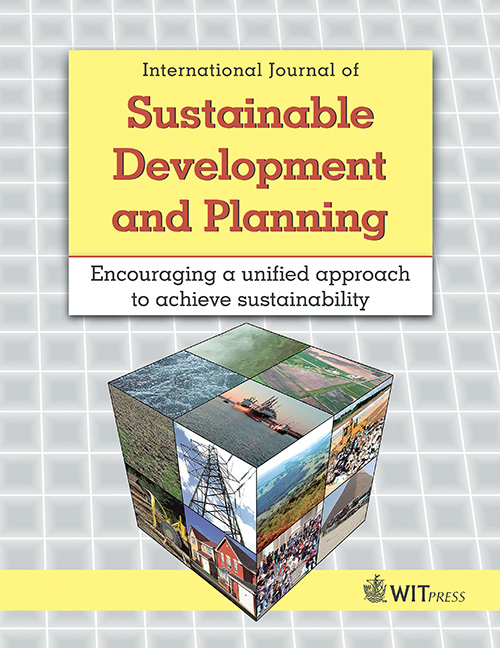Estimating Groundwater and Rainfall Infiltration into Sewerage
Price
Free (open access)
Volume
Volume 12 (2017), Issue 1
Pages
8
Page Range
185 - 193
Paper DOI
10.2495/SDP-V12-N1-185-193
Copyright
WIT Press
Author(s)
S.A. Neshaei, A. Ahmadnejad, F. Yousefi, F. Ghanbarpour
Abstract
Structural quality of urban sewer systems and their functional efficiency are key parameters to guarantee the transfer of wastewater to treatment plants without infiltration or exfiltration. Infiltration of groundwater is particularly detrimental to treatment plant efficiency, while exfiltration of wastewater can lead to groundwater contamination. Both problems are critical on a long-term basis for sustainable urban water management and have important economic consequences for cities and sewer systems operators. The management of sewer systems requires information about discharge and variability of typical wastewater sources in urban catchments. Especially, the infiltration of groundwater and the inflow of surface water are important for making decisions about the rehabilitation and operation of sewer networks.
In this study, overflow in sewer systems of Rasht city in Iran and problems that come toward this issue, such as traffic difficulties and environmental pollution by different analytical methods are investigated. In order to consider the effect of groundwater and rainfall infiltration into the sewer systems, series of measurements were performed in the sewer systems of a case study located in the south part of the city which has sanitary isolated sewer system and results were compared with those obtained from the combined urban sewer systems. The results indicate that most design codes used in the mentioned region underestimated the amount of groundwater and rainfall infiltration into the sewer systems.
Keywords
groundwater, rainfall infiltration, urban sewer systems, wastewater




